In a haunting photograph from Gohar Dashti’s Home series, a staircase choked with withered leaves reveals the slow and unrelenting encroachment of nature. A mix of muted greens and oranges tumble from the bones of an abandoned building. Surrendering to time, daylight filters into the scene through a shattered window, illuminating pale walls and broken tiles – a quiet tension between human absence and the persistence of the wild. Where words fail, photography grants us access to spaces where resilience, displacement, and identity can unfold in silence.
“Based on a True Story,” the latest exhibition at Hundred Heroines Gallery, invites viewers to witness this resilience. Through the eyes of three women photographers – Gohar Dashti, Maryam Firuzi, and Fatimah Hossaini – the exhibition captures lives shaped by conflict and cultural memory. Presented by Hundred Heroines, the UK’s only museum and charity dedicated to women in photography, this free show serves as a feminist exploration of stories that are often left untold. Based in Nailsworth, the charity was founded to advance public awareness of women photographers, bridging the gap between art and activism. Its mission is simple yet urgent: to amplify the voices of women who use photography to challenge structures of power and push artistic boundaries. Beyond exhibitions, the gallery hosts workshops, educational events, and initiatives with organizations like the Canon Young People Programme, nurturing the next generation of visual storytellers.
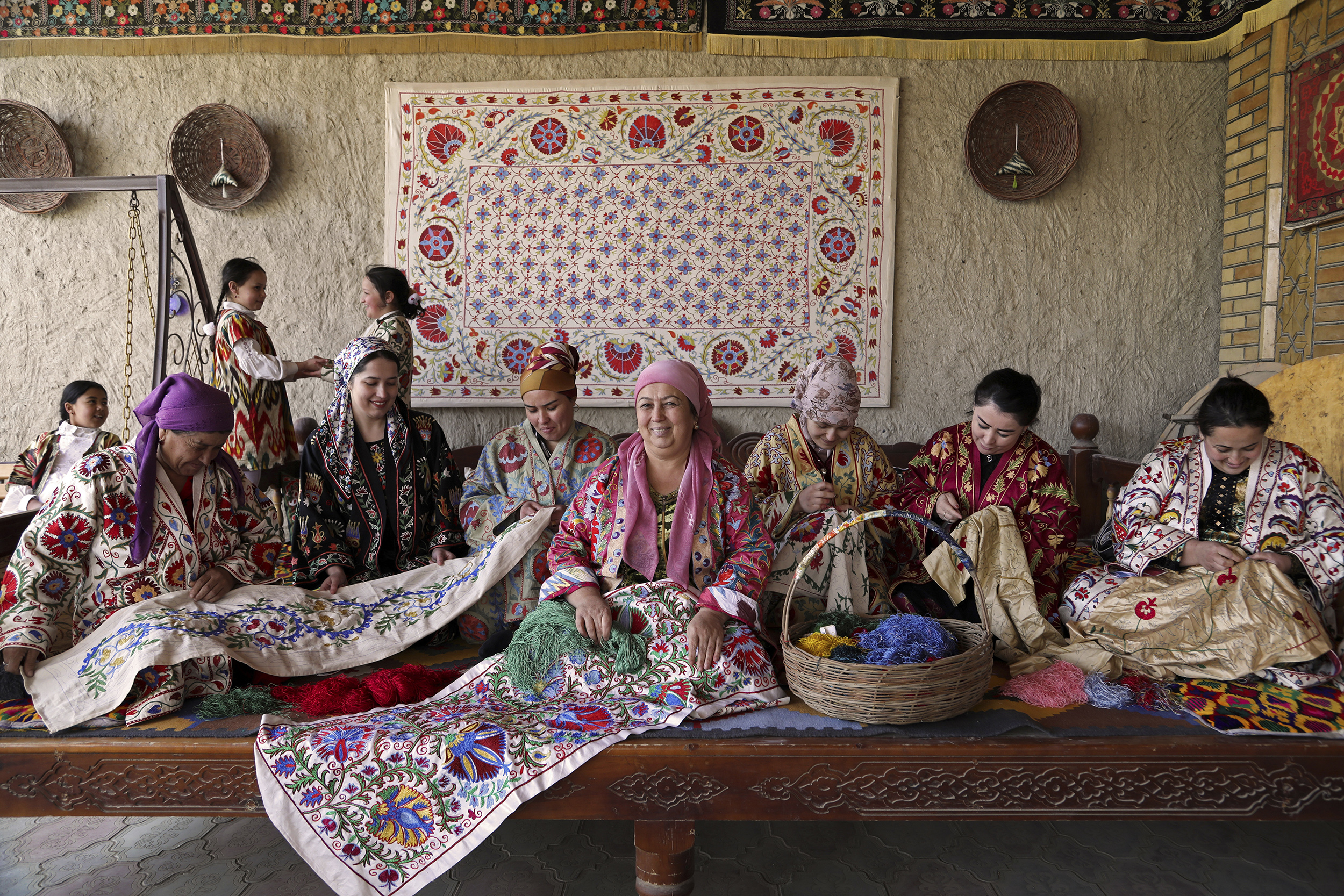
© Fatimah Hossaini. Courtesy Hundred Heroines
“Based on a True Story” exemplifies this ethos, pairing artistic excellence with a commitment to accessibility. Beyond the gallery walls, the exhibition extends into public spaces – Mortimer Gardens and Miles Marling Field – where the photographs engage the community in new and unexpected ways. In this way, Hundred Heroines has transformed the town’s landscape into an open dialogue on the enduring strength of women. Dashti, Firuzi, and Hossaini all invite us into fragmented spaces. Born in Iran and Afghanistan, these photographers draw from both personal and collective histories, using the lens to reimagine conflict as both a burden and a catalyst for survival.
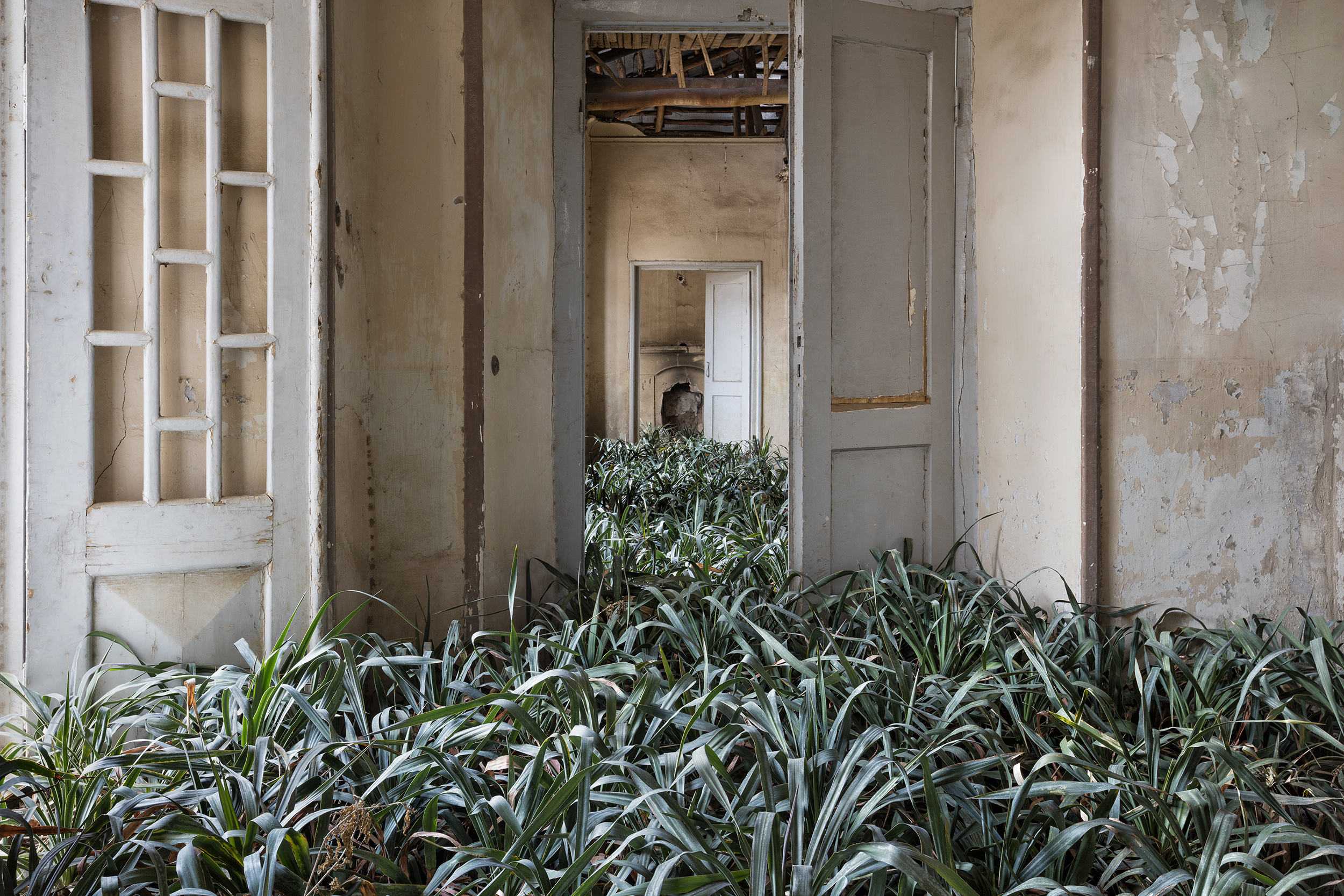
© Gohar Dashti. Courtesy Hundred Heroines
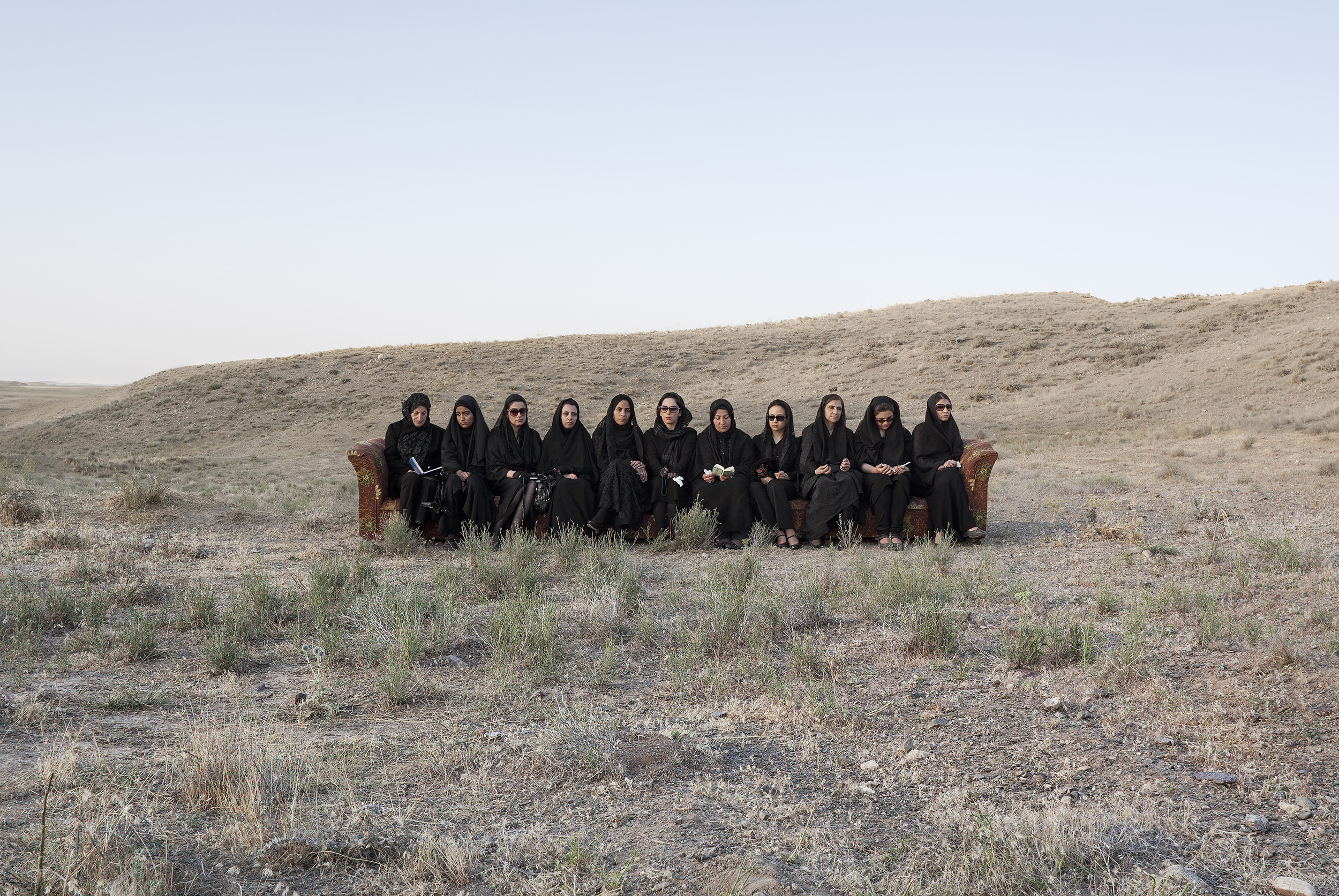
© Gohar Dashti. Courtesy Hundred Heroines
Each artist wields photography as a tool for exploration and resistance, their works converging on themes of identity and resilience. Dashti’s photography straddles the divide between theatrical and profoundly human, constructing realities that feel both surreal and unsettlingly familiar at the same time. In Today’s Life and War, a couple exists on a battlefield, their lives unfolding amidst the wreckage. They watch television and celebrate a wedding – gestures of the domestic stubbornly enacted in a landscape of destruction. Their faces remain impassive, unreadable – a quiet defiance that resists the chaos encircling them. Dashti uses her scenes to confront the ordinary, becoming the extraordinary through sheer persistence. Her series Iran, Untitled takes this surrealism further, placing human figures in vast, barren deserts where time feels suspended. The viewer is left to piece together the narrative, a deliberate act that forces us to confront the haziness of subsistence.
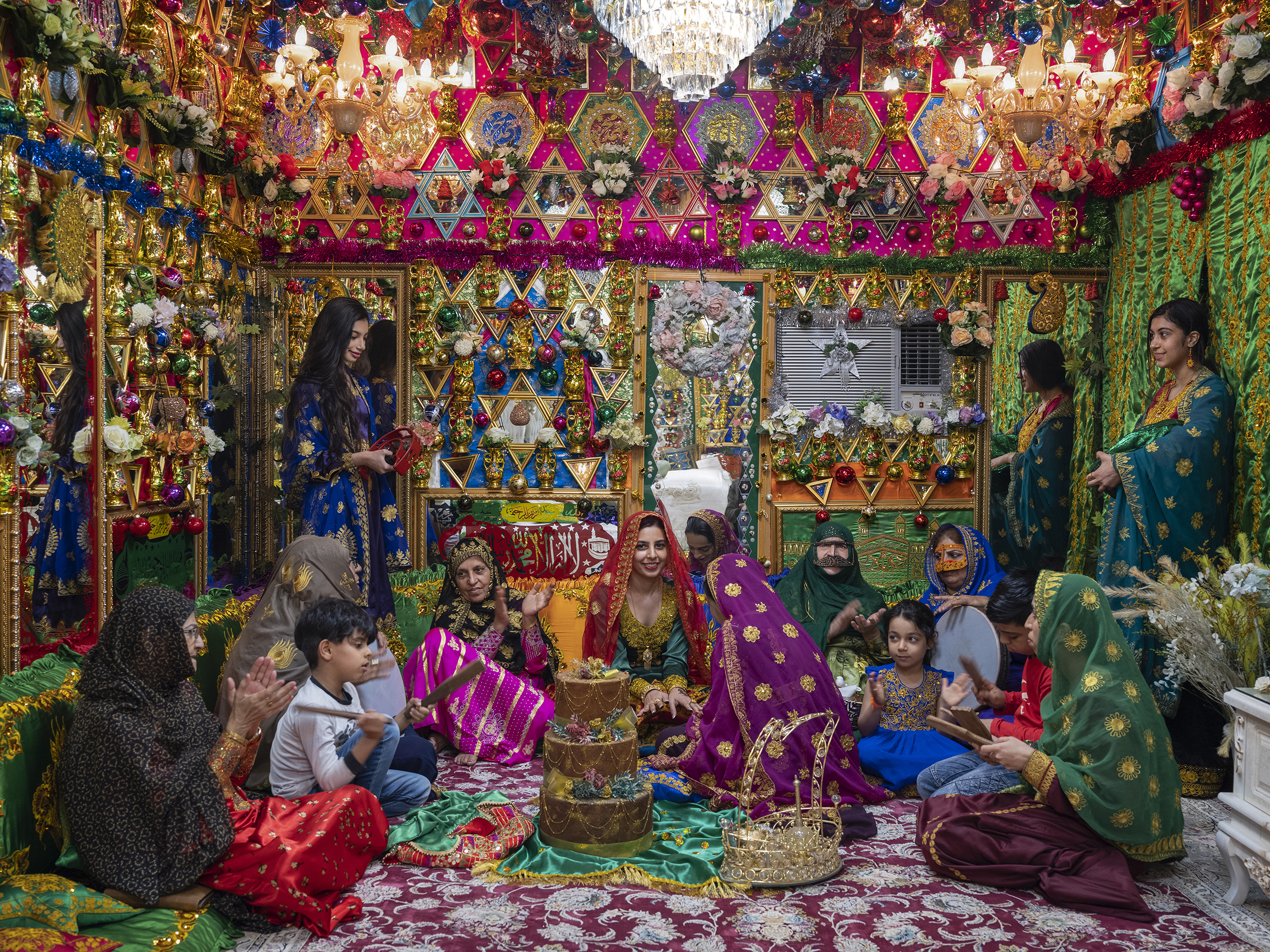
© Maryam Firuzi. Courtesy Hundred Heroines
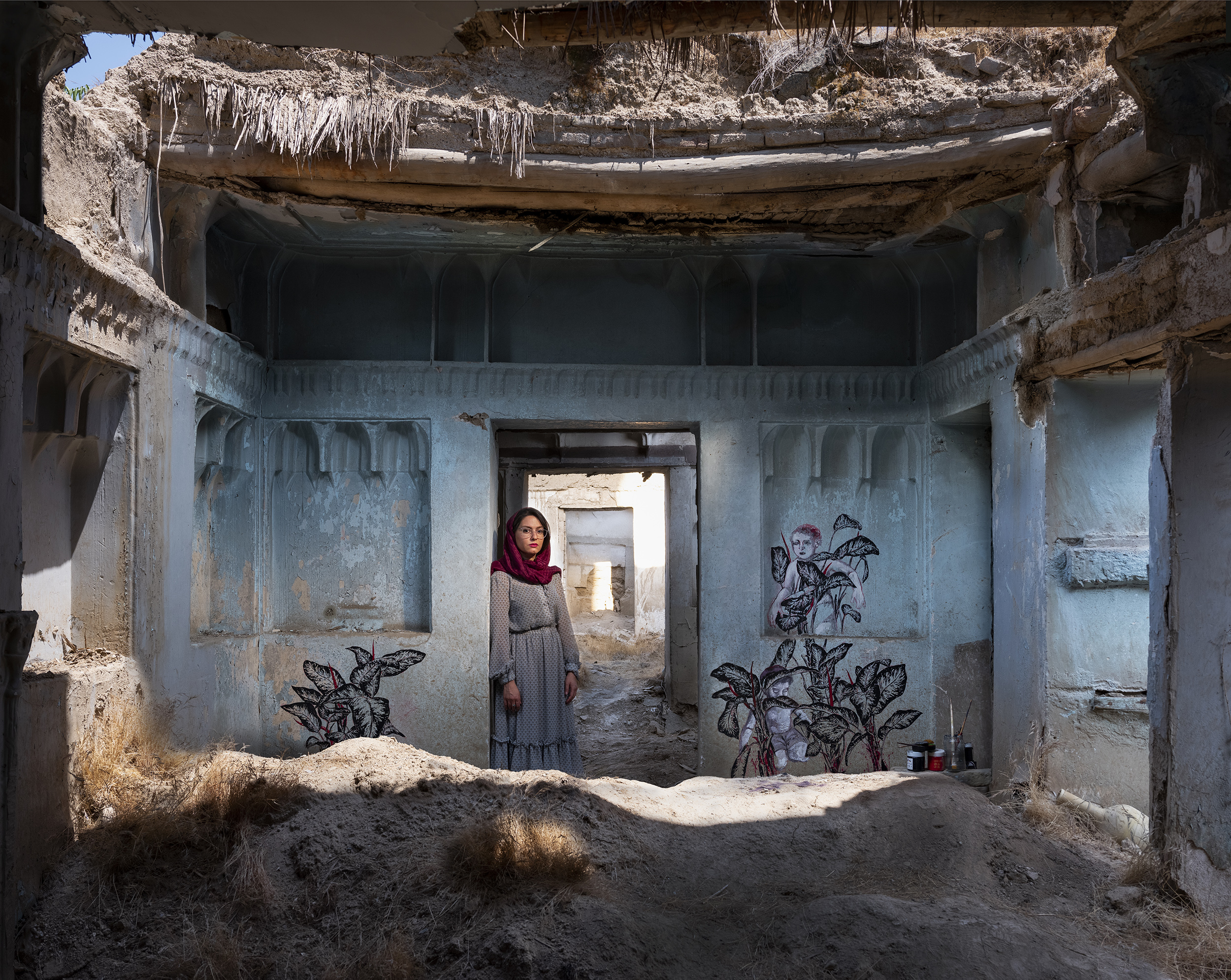
© Maryam Firuzi. Courtesy Hundred Heroines
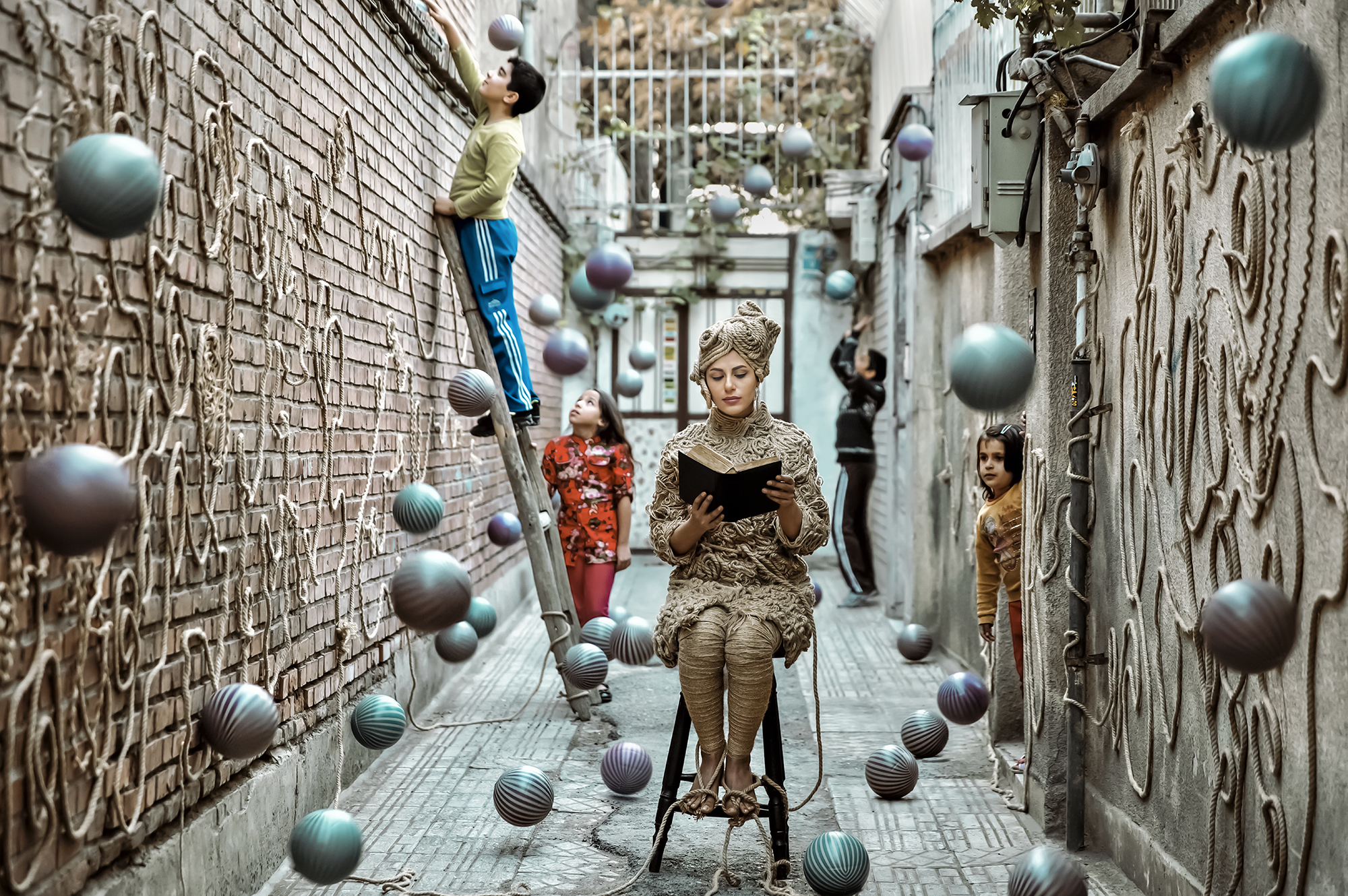
© Maryam Firuzi. Courtesy Hundred Heroines
Firuzi’s work operates as both cultural critique and personal reflection, navigating the layers of Iran’s tumultuous history. In The Scattered Memories of a Distorted Future series, she confronts the devastating impact of tragedy, using art as a medium for reflection and healing. Prompted by the crash of a Ukrainian airplane in Tehran in 2020, Firuzi grapples with a profound loss of faith in artistic creation amidst a backdrop of political unrest, economic crisis, mass migration, and the COVID-19 pandemic. Set against landscapes of ruin, this series explores how art can offer solace and agency in times of despair. Women painters are invited to create in abandoned spaces, and their work is a silent dialogue about the devastation of the past and the uncertainty of the future. Ruins become a powerful metaphor for pain, while the act of artistic creation serves as a beacon of resilience. Her quieter series, Reading for Tehran Streets, reclaims public spaces as sites of introspection – figures posing against the bustling chaos of the city. Firuzi’s rural portraits further document the strength of women navigating tradition and patriarchy, preserving identity in the face of societal constraints.
Hossaini’s photography offers a reclamation of beauty and culture, countering reductive narratives about Afghan women. Pearl in the Oyster celebrates the richness of Afghan identity with vibrant portraits that transform women from passive subjects to symbols of resilience. By employing a vivid color palette and focusing on the power of the gaze, Hossaini’s work endeavors to redefine the narrative surrounding Afghan women. Illuminating not just their beauty but also their undeniable strength, she invites viewers to witness the vibrant realities of Afghan culture. After the fall of Kabul, her series An Elegy for a Miracle turned to exile, capturing displaced women artists whose expressions of loss and defiance underscore the enduring power of art. She presents poignant portraits of four women artists torn from their homes – showcasing their femininity, hope, and resilience. Though created far from her homeland, these portraits resonate deeply, revealing the indomitable spirit of women who continue to create and inspire despite the challenges they face.
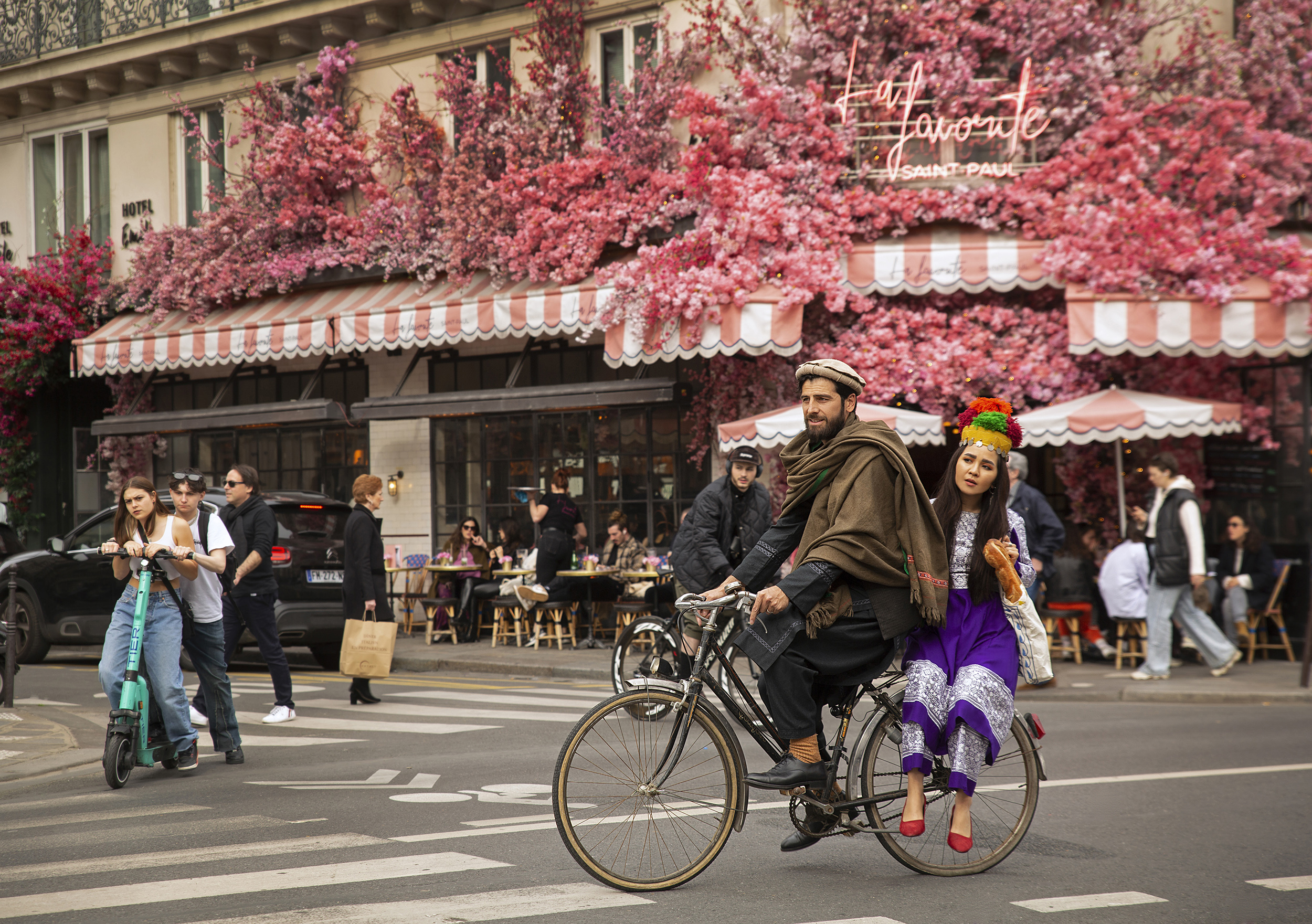
© Fatimah Hossaini. Courtesy Hundred Heroines
Together, these photographers embody the feminist lens, which disrupts and reclaims. Dashti stages human resilience in war-torn landscapes, Firuzi subverts femininity through public and private spaces, and Hossaini celebrates Afghan women’s agency with vivid portraits. Their photos do more than document; they demand a reconsideration of identity, gender, and survival. Each frame resists conformity, refusing to let the viewer remain passive, insisting instead on a confrontation with their own assumptions. “Based on a True Story” extends this dialogue beyond the gallery, embodying Hundred Heroines’ mission to amplify stories that inspire and provoke. Through these images, art becomes an active force, celebrating human endurance and the triumph of a woman’s spirit over adversity.
“BASED ON A TRUE STORY”
Exhibition now extended to the end of March 2025.
Check the website for holiday opening hours

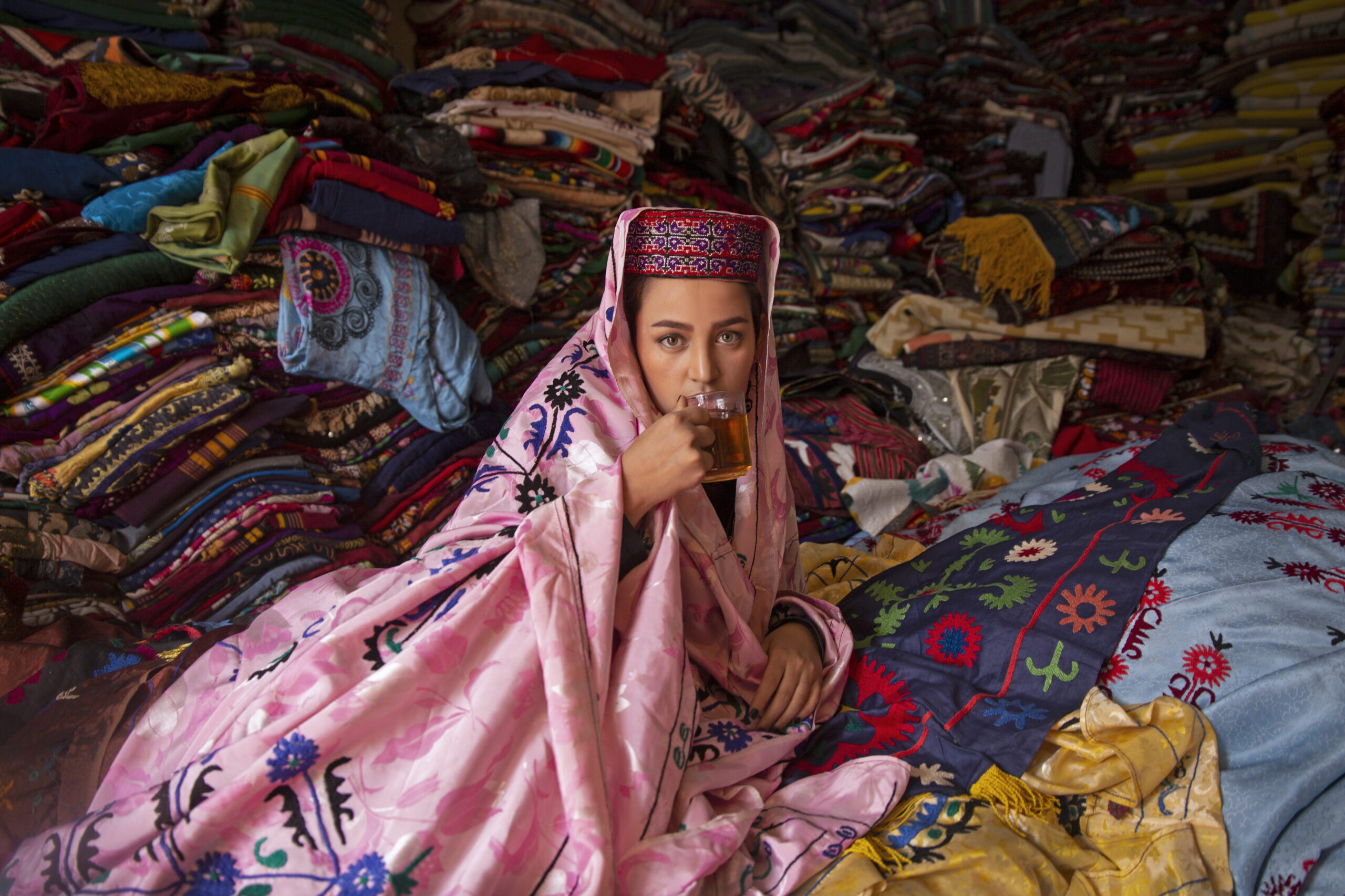


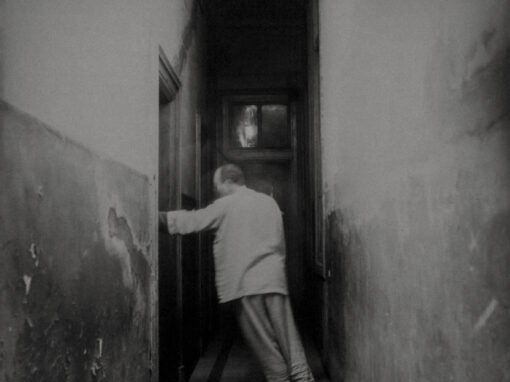
Diana Nicholette Jeon
December 12, 2024 at 16:08
Great article about an important exhibition.